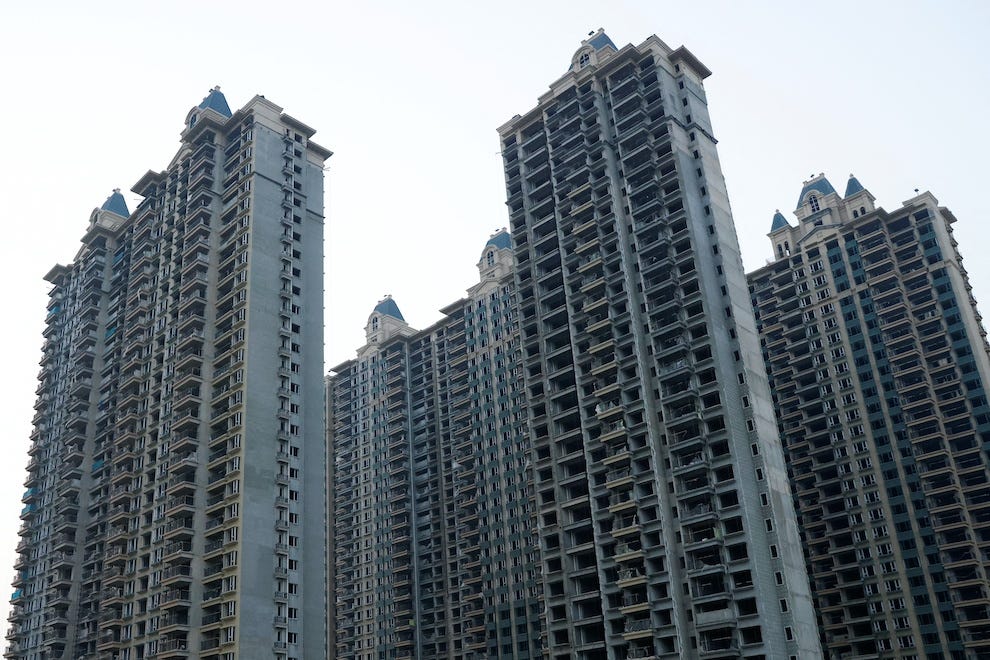Understanding China's Global Ambitions Part 2B: New Problems atop Old Ones
This was a long one, so I split it into two sections. This is part 2b. Enjoy!
Incomplete building projects like this one dot urban landscapes across China. With debts soaring and funds dwindling, there’s a high chance many will never see completion. Image source
Keep reading with a 7-day free trial
Subscribe to Between the Lines to keep reading this post and get 7 days of free access to the full post archives.



